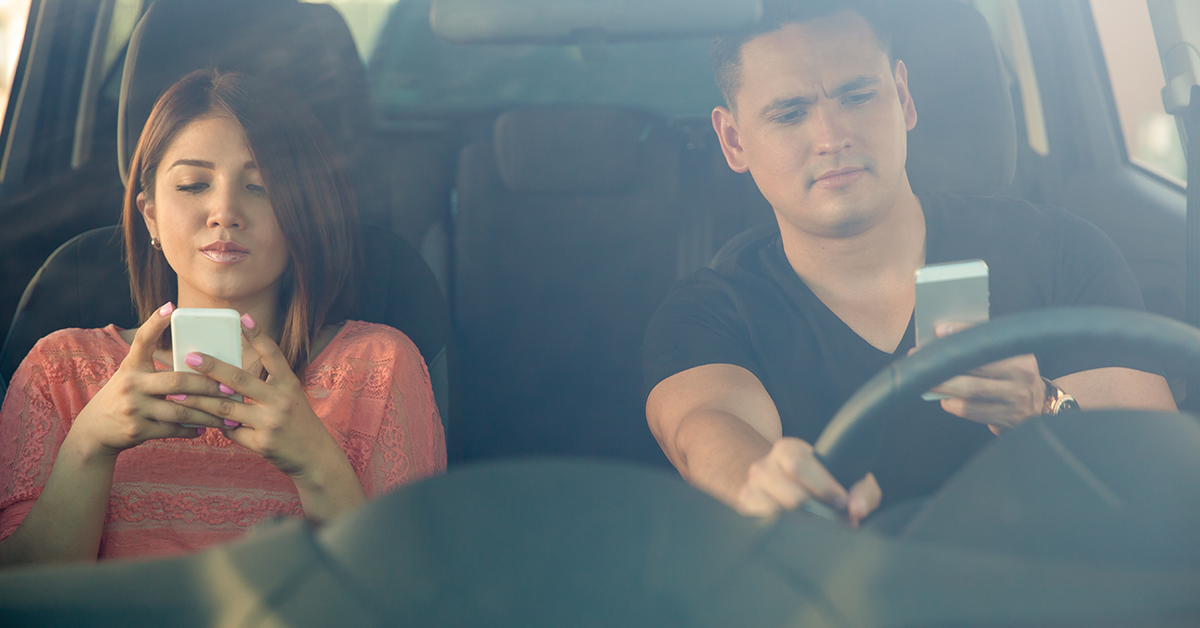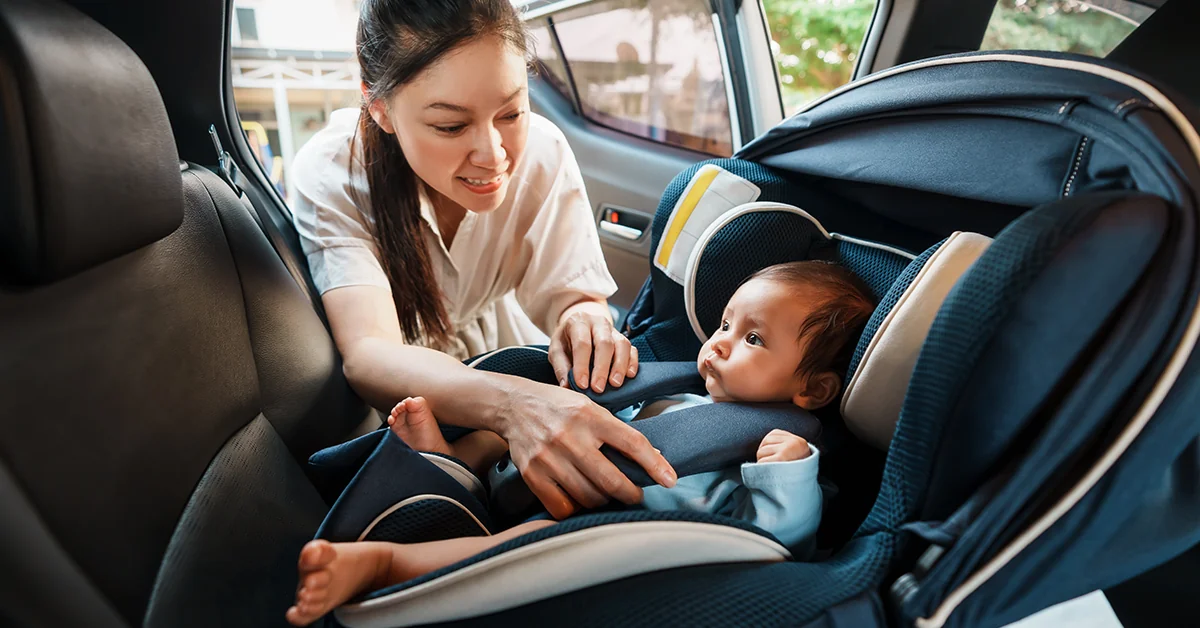Years after Marty McFly raced away on a futuristic hoverboard in the popular Back to the Future movie, wheeled versions of these other-worldly playthings and modes of transportation have been a sought-after commodity. Hoverboards are self-balancing skateboards that are electronically powered.
They are similar to Segways, except that there are no handlebars for the rider to use to steer and balance. While the hoverboard’s gyro-sensor technology stays in perfect sync with the rider, allowing the rider to glide seamlessly in any direction with a simple shift of the foot, they also pose the potential for serious injury. Many hoverboard accidents have occurred throughout the U.S., primarily the result of falls or collisions resulting in concussions, sprains, fractures, and lacerations.
In addition to fall-related injuries, many users have experienced instances of spontaneous fires in relation to the hoverboards, a serious product defect that requires immediate attention by manufacturers, distributors and government oversight agencies, like the Consumer Product Safety Commission (CPSC). This article discusses the types of hoverboard accidents, the dangers of the product-related spontaneous fire issues and associated hoverboard recalls, tips to prevent hoverboard injuries, and legal issues associated with hoverboard accidents.
TYPES OF HOVERBOARD ACCIDENTS AND INJURIES
Hoverboard accidents have been reported throughout the U.S. and are on the rise. The main types of accidents associated with hoverboards, and how to mitigate associated risks, are discussed below:
-
- Injuries due to falls – As with any fast-moving vehicle, there is a potential for injury due to falling. Hoverboards can reach speeds of at least 10 mph, much faster than a skateboard, with the potential to cause more substantial injuries. Therefore, proper safety gear is a must. Riders should always wear a helmet, knee pads, elbow pads and wrist guards to lower the risk of fractures, sprains and other injuries if a fall occurs.
-
- Traffic accidents – As with bikes and skateboards, riding in or close to the street carries with it a risk of getting into a traffic accident. For example, a teen riding a hoverboard was recently struck and killed by a bus in London. Hoverboard riders should avoid riding in the street or near traffic. Some states classify hoverboards as a bicycle or vehicle under the law, requiring that rules of the road be followed.
-
- Weight limitations – Hoverboards require minimum weight limits (usually 45 pounds) and have maximum weight limits. Some boards can support up to 300 pounds but others have lower limits. These limits are meant to protect the rider and scooter, so potential riders should check out the safety instructions with the board and also look at the board manufacturer’s website to learn more. Children under the weight limit will have trouble riding, since the hoverboard won’t detect their weight and won’t balance correctly.
-
- Steep hills – Most hoverboards also won’t operate going up or down steep hills, usually over 30 degrees. There are no height limits associated with the boards, though keep in mind that most lift the rider about four inches above the ground. If the rider is particularly tall, she will run a greater risk of hitting her head while riding.
- Fires and Explosions – The Consumer Products Safety Commission (CPSC) investigated more than 60 hoverboard fires in more than 20 states that resulted in more than $2 million in property damage.
Why can hoverboards explode?
Hoverboards are powered by lithium-ion batteries similar to those used in smartphones and laptops, and the liquid inside most lithium ion batteries is highly flammable. If the battery short-circuits — say, by puncturing the incredibly thin sheet of plastic separating the positive and negative sides of the battery — the liquid electrolyte can heat up so quickly that the battery explodes.
In addition, defective or cheaply made batteries inside the cell of a low-quality battery may cause it to short circuit, resulting in an explosion and/or fire. Hoverboards are also being investigated for potential design flaws that could make them susceptible to spontaneous fires. In many instances, hoverboard fires have occurred while the hoverboard was plugged in for charging the battery. Sometimes, the fire is caused by a non-standard battery replacement or a faulty battery. In other instances, hoverboards have been known to spontaneously combust during actual usage. All of these examples present extremely hazardous situations, endangering the lives of consumers, often children and young adults.
SPONTANEOUS HOVERBOARD FIRES LED TO PRODUCT RECALLS
In March 2017, two girls from Pennsylvania were killed in a fire caused by a hoverboard, marking the first fatalities linked to hoverboards in the United States. The fire broke out while the hoverboard was charging, and had engulfed the first floor of the house by the time firefighters arrived. This disturbing incident is not isolated however, as many spontaneous hoverboard fires have been reported.
Hoverboard recalls issued: The CPSC will launch an investigation in order to determine if the hoverboard in question was one of the brands covered by a massive recall initiated in July 2016. At that time, over 500,000 hoverboards were recalled after the CPSC announced that the battery packs in eight Chinese-made models could overheat, catch fire and explode. These hoverboards were not inspected by an independent safety testing agency which has since enacted a safety check protocol specifically for hoverboards. The Chairman of CPSC at the time, Elliot Kaye, revealed that over 60 hoverboard-related fires totaling over $2 million in property damage had been investigated by the CPSC prior to the tragedy. Hoverboard manufacturers and retailers must be held accountable with better safety standards in order to ensure terrible tragedies such as the fire in Pennsylvania never happen again. In Kaye’s statement after the recall, he made it clear that the hoverboards included in the recall have fundamental design flaws that pose a risk to users. He recommended that people who buy hoverboards should ensure that they pass the independent fire prevention safety standard. “Consumers should immediately stop using these recalled products and contact the recalling company to return their hoverboard for a full refund, a free repair or a free replacement depending on the model,” CPSC said. CPSC has been very engaged with the safety commissions, battery manufacturers and other stakeholders since the start of their product-wide investigation in the fall of 2015. Since 2015, CPSC staff has investigated more than 60 fires and tested dozens of self-balancing boards in their laboratory.
HOVERBOARD SAFETY TIPS
Although it is recommended that hoverboards not be purchased or used at this time, should a consumer decide to do so, he or she should be aware of the various risks, and take steps to mitigate the chances of accident or injury:
-
- Only buy hoverboards that meet CPSC safety standards: There are many different companies selling hoverboards, with prices starting around $200 and reaching up to $800. Many of them work just the same, with minor differences in specifications and style. While there are subtle variations in how they ride, it’s not easy to tell apart the high-end and less costly versions. CPSC recommends that purchasers look for a mark or other indication that the product meets the Underwriters Laboratories standard UL 2272. The standard aims to prevent the battery and electrical components in a hoverboard from overheating and catching fire.
-
- Minimize the risk of overheating hoverboard batteries. Do not charge hoverboards overnight and do not charge them in an area of the home that is unattended. Also ensure that any location where a hoverboard is being charged has a working smoke alarm and a fire extinguisher nearby.
-
- Wear appropriate safety gear. The Center for Injury Research and Prevention recommends children should never ride unsupervised and should always wear protective gear, including a helmet, knee pads, elbow pads, and wrist guards.
- Know the law. Hoverboards are banned from public streets in certain areas. At the time of writing this article, the Massachusetts Bay Transportation Authority (MBTA) has banned all hoverboards in stations and on board. In addition, some colleges such as University of Massachusetts, Amherst, University of Massachusetts, Dartmouth have banned hoverboards on their campus grounds. In other areas, hoverboards are considered “bicycles” and must follow the rules of the road for bicycles. Knowing the laws in the area where you are riding will reduce the risk of potential accidents.
LEGAL ISSUES ASSOCIATED WITH HOVERBOARD FIRES, ACCIDENTS AND INJURIES
Injuries due to a hoverboard fire can be very serious – potentially life-threatening and permanently debilitating. Such fires can also cause extensive damage to property, as the devices are commonly charged indoors. Injuries and damages associated with a hoverboard fire might require a legal team to assess. There are numerous types of claims that may be associated with a hoverboard fire, including:
- Personal injury or wrongful death claims caused by fire and burn injuries;
- Property damage claims (some instances have involved home fires caused by the hoverboard explosions);
- Manufacturing defect claims; and
- Design defect claims.
These types of claims can result in damages awarded to the victim, including compensation for expenses such as medical costs and other losses. Also, the liable party, for example the manufacturer, may be responsible for various types of property damage expenses.
BOSTON HOVERBOARD PERSONAL INJURY ATTORNEYS
Hoverboard fires and other types of related injuries can be serious, requiring navigation of complex personal injury and wrongful death laws, investigations, and strategies. The personal injury attorneys at Swartz & Swartz in Boston, MA are available to speak with you should you or a loved one need legal representation regarding a hoverboard fire. Our product liability litigation group and fire and injury lawyers at Swartz & Swartz in Boston are a team of experienced trial lawyers that can represent the plaintiffs in hoverboard fire and injury lawsuits. We have handled individual civil litigation cases nationwide, and are able to conduct product liability investigations in all 50 states. Hoverboards are relatively new products, and state laws may vary regarding their regulation. Our lawyers can provide you with legal advice and guidance for your claim by performing the latest in-depth research, and can also guide you through the court process, helping you obtain the appropriate legal remedies.
Keep Reading
Want more? Here are some other blog posts you might be interested in.




